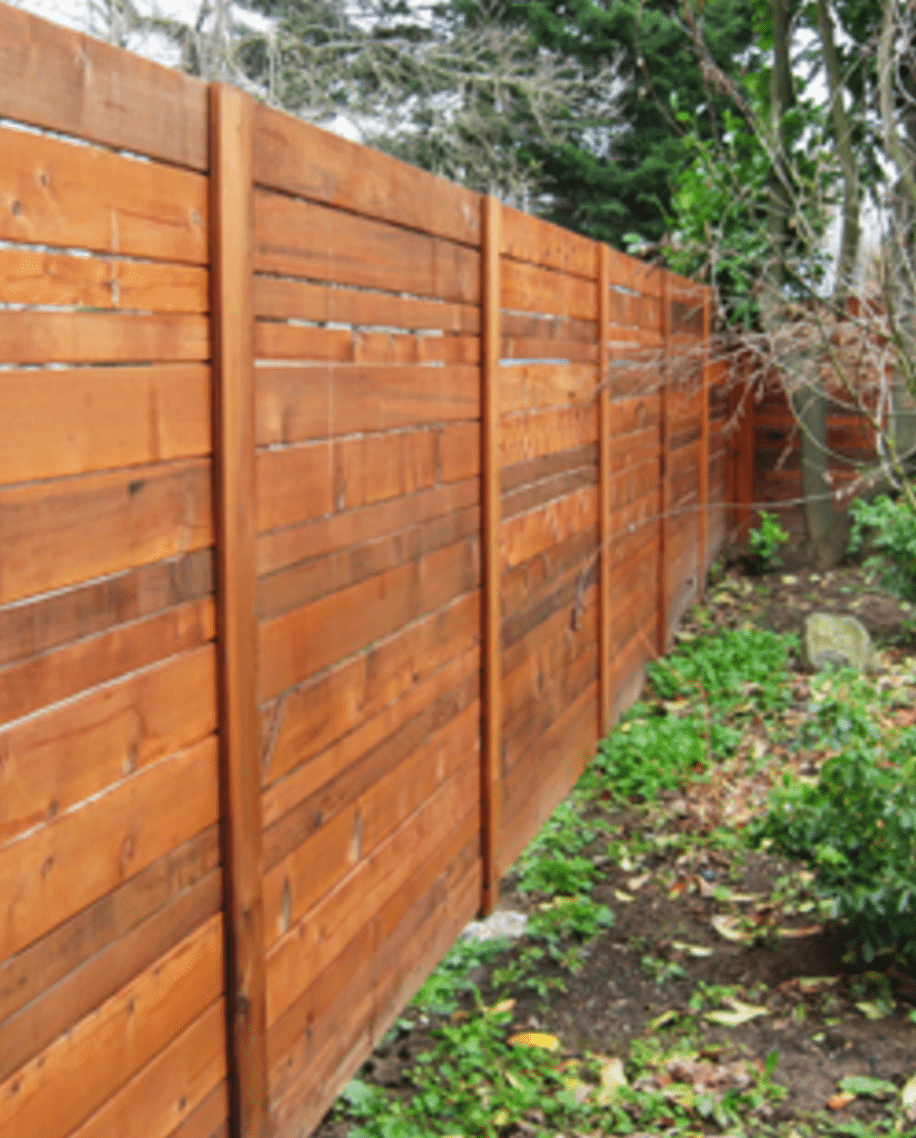All Categories
Featured
Mounting a fence is a superb means to enhance your residential property's looks, protection, and personal privacy. Right here's a detailed overview to preparing your property for a fence installation.
You need to also examine for underground utilities, such as water, gas, and electric lines, to stay clear of damaging them throughout the installment procedure. The majority of neighborhood utilities provide a "call-before-you-dig" solution, where they will note the location of utility lines on your residential property.
![]()
Your service provider will certainly likewise aid determine the elevation of the fencing and any special attributes, such as gateways or attractive accents. Comprehending your objectives for the fence will certainly ensure the last item fulfills your demands.
![]()
Conclusion. Correct prep work is crucial to a successful fencing setup. By comprehending neighborhood laws, marking building lines, getting rid of the installment area, making sure tools gain access to, wrapping up the layout and materials, and informing your next-door neighbors, you can set your job up for success. Taking the time to prepare your property makes sure that the installation process is smooth, effective, and causes a fencing that boosts your building's worth and safety.
- Understand Regional Regulations and Permits. Numerous municipalities need homeowners to apply for a permit before setting up a fencing, specifically if the fence exceeds a particular elevation. Rules might likewise dictate the kind of product you can utilize, the area of the fencing (whether it's in the front lawn or along a building line), and the elevation limitations for fences.
- Mark Your Building Lines. It's vital to know the specific boundaries of your home before beginning the fence setup. Many fencing setup professionals also supply property line noting solutions.
- Clear the Installment Location. A significant part of preparing your residential property for a fence setup is getting rid of the setup area. Furthermore, you must remove any existing fencings, old posts, or structures that are in the means.
You need to also examine for underground utilities, such as water, gas, and electric lines, to stay clear of damaging them throughout the installment procedure. The majority of neighborhood utilities provide a "call-before-you-dig" solution, where they will note the location of utility lines on your residential property.
- Plan for Equipment Access. The installment of a fencing will likely require heavy equipment, such as trucks for transporting materials and equipment for digging openings. It's vital to guarantee that there is easy access to your building for this devices. If your property has a slim driveway or minimal access points, educate your professional ahead of time so they can prepare the most effective path for shipment and installation. Clear any challenges, such as lorries, that may remain in the method, and guarantee the specialist has sufficient space to work without interference.

- Complete Your Fencing Layout and Materials. The next action is to wrap up the layout and material options for your fence. Consider the objective of your fence-- whether it's for personal privacy, safety and security, design, or simply marking boundaries. Review your preferences with the service provider to establish which material is best suited for your requirements. Usual fencing products include timber, plastic, chain-link, and light weight aluminum, each offering distinct advantages.
Your service provider will certainly likewise aid determine the elevation of the fencing and any special attributes, such as gateways or attractive accents. Comprehending your objectives for the fence will certainly ensure the last item fulfills your demands.
- Educate Your Next-door neighbors. If your fencing will be set up along a shared home line, it's considerate to notify your next-door neighbors in advance. While you do not require your next-door neighbors' authorization to mount a fencing on your property, keeping them in the loophole is a great method to maintain great relationships.
- Get Ready For Post-Installation Maintenance. When your fencing is set up, it will need routine maintenance to maintain it in excellent problem. Routine maintenance will make certain that your fence continues to be functional and visually pleasing for several years.

Conclusion. Correct prep work is crucial to a successful fencing setup. By comprehending neighborhood laws, marking building lines, getting rid of the installment area, making sure tools gain access to, wrapping up the layout and materials, and informing your next-door neighbors, you can set your job up for success. Taking the time to prepare your property makes sure that the installation process is smooth, effective, and causes a fencing that boosts your building's worth and safety.
Latest Posts
Make Your Dream Fencing a Fact with Montana Fencing Funding
Published May 09, 25
1 min read
Elevate Your Occasion with The other day's Tavern Food catering
Published May 09, 25
1 min read
Relax with the Best Happy Hour around at Yesterday's Tavern
Published May 09, 25
1 min read